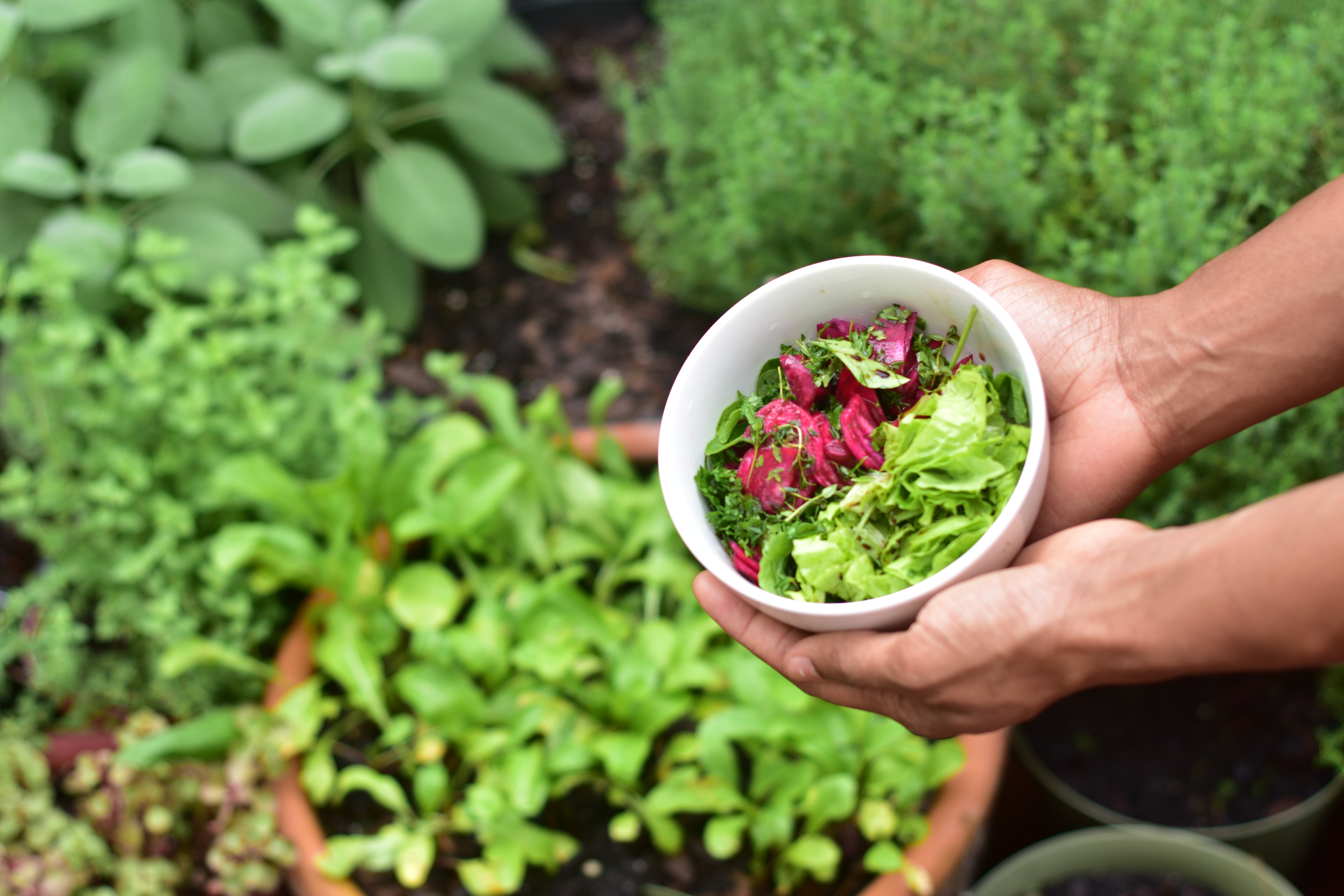Easy To Grow Vegetables


Enjoy the freshest vegetables and herbs, grown right in your own backyard! Simply pick and prepare!
Here's how you get started
1. Start with a sunny garden spot. This is important because most vegetables require 6 to 8 hours of sunlight a day.
2. Till in soil amendments such as compost to add nutrients to the soil.
3. Plant seeds in the bed and mark the rows of vegetables with a plant marker.
5 Easy-to-Grow Vegetables:
The following five vegetables are among the easiest to start from seed sown into prepared garden soil outdoors. With regular watering and nutrient rich soil, they produce bumper harvests.
Beans
Gardeners can grow beans that are small bushes or pole beans that will climb 6 to 8 feet. Warm weather vegetables, beans do not germinate well in cold soil; wait until late spring to sow them. Pole beans produce over a longer period of time than bush beans, and they occupy no more space because they grow best twining up trellises or bamboo tepees. Sow thinly in blocks in a wide bed, along the base of a trellis, or around each pole of a tepee. Sow bush beans in rows or blocks. Rows can be about 2 feet apart. To harvest bush beans more easily, stick a few twiggy tree or shrub prunings in the bed when you sow to keep the slightly vining stems upright. For a longer harvest, sow bush beans every 3 to 4 weeks until midsummer. Add color to the garden with a selection of beans with green, purple, and yellow pods.
Cucumber
Both slicing and pickling cucumbers are warm-weather crops, and both produce an abundance of fruit. To save space, grow cukes on a trellis or in a cage instead of letting them sprawl on the ground (fruit turns out straighter as well). In late spring, sow seeds sparingly and thin seedlings to sit about 1 foot apart. Guide the plants onto the trellis as they begin to put out tendrils. Keep plants watered well through the season. Harvest fruit often and when it is small (length depends on variety, anywhere from 4 to 8 inches long). If you want to grow pickling cucumbers, be forewarned: two to three plants suffice, and you may find it difficult to keep up with the harvesting!
Peas
One of the cool-weather vegetables, peas grow best as an early spring or a fall crop. Sow this short-vining vegetable in blocks or in double rows with a short trellis, or pea fencing, in between the rows to make harvesting easier. Grow sweet snap peas, snow peas, or shelling (English-type) peas. Harvest the pods of the first two when small to eat whole, cooked or raw; shell the mature pods of snap and shelling peas. If you plant a row to give to a soup kitchen, stick with snap or snow peas, which make preparation faster for the cooks!
Radishes
Surely the easiest vegetable to grow, radishes mature in 25 to 28 days. Because there are only so many radishes a family can eat at one time, sow seeds sparingly, two to three times ten days apart in spring and again late summer. Instead of devoting an entire row to them, sow the seeds with other veggies, such as beets and squash. The radishes will be ready to harvest before the others need the space. Skip midsummer sowing unless you particularly enjoy hot radishes.
Summer Squash
(Zucchini) Like cucumbers, summer squash plants produce copious amounts of fruit. Unlike cucumbers (and winter squash), summer squash grows as a bush, not a vine, but it needs space for its mature spread of 3 to 4 feet. Sow a hill, or group, of 3 to 4 seeds, spacing the hills 3 to 4 feet apart. When seedlings reach 2 to 3 inches tall, thin each hill to the two strongest plants. Four to six plants feed a family of four very generously. Towards midsummer (mid-August), make a couple of new plantings if you have an empty bed. Summer squash grows as well in a flower border as in a vegetable garden; the foliage is striking until it begins to yellow near the end of the season.
